Lagrein from Trentino-Alto Adige / South Tyrol

[아츠앤컬쳐] 이탈리아는 다양한 풍경과 언어, 방언, 음식을 아우르고 있으며, 역사적으로 최근이라 할 수 있는 1861년~1870년 사이에 통일을 이룬 나라다. 이런 연유로 수세기 동안 이탈리아 반도에 존재했던 여러 국가의 문화적 전통이 오늘날에도 여전히 살아있다. 오스트리아와 국경을 맞대고 있는 이탈리아의 최북단 지역인 트렌티노-알토 아디제는 이 모든 것이 뚜렷하게 드러나는 지역으로, 과거의 사건들이 아직도 현 시대를 대표하는 곳 중 하나다.
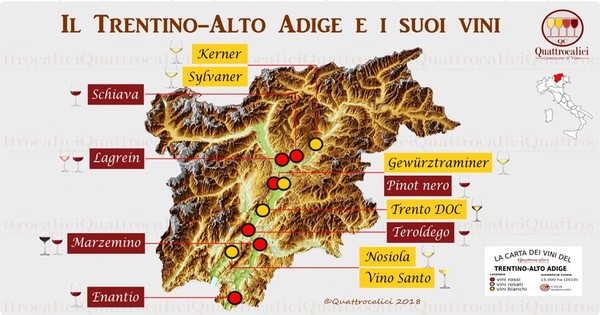
오늘날 트렌티노-알토 아디제의 와인 제조는 로마시대에 크게 발전했지만, 이 지역에서 포도를 재배한 최초의 사람들은 에트루리아와 같은 언어를 쓰던 고대 라에티안이었다. 로마 작가이자 정치가인 대 카토(BC 234~149)는 그의 저서 ‘De agri cultura(농사에 관하여)’에서 고대부터 생산해온 포도주의 품질을 강조한 바 있다.

중세시대에는 1142년부터 지금까지 유명한 와인을 만들어온 노바첼라수도원과 같이, 주로 가톨릭 수사들이 티롤의 수도원 지하실에서 와인을 제조했다. 티롤 지역은 14세기부터 오스트리아에 편입되었는데, 1919년 오스트리아-헝가리 제국이 해체되면서 이전 티롤 지역의 남부가 이탈리아에 양도되어 지금의 트렌티노-알토 아디제가 되었다. 그래서 트렌티노에서는 거의 이탈리아어를 쓰는 반면, 알토 아디제(사우스티롤)에는 독일어를 사용하는 인구가 많다.
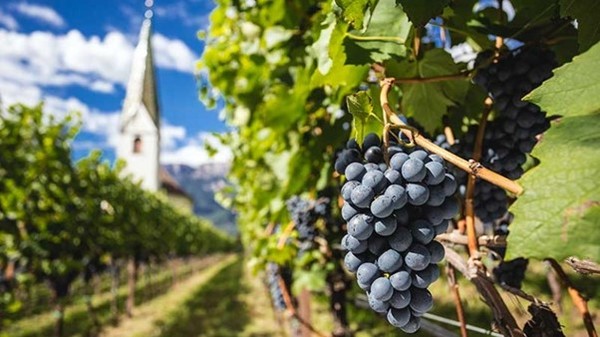
트렌티노-알토 아디제에는 화이트와인과 레드와인이 나는데, 레드와인 중에서도 같은 이름의 포도로 만드는 라그레인이 유명하다. 최근의 DNA 검사 결과 이 와인이 프랑스 피노 누아와 밀접한 관계가 있는 것으로 밝혀졌다. 하지만 라그레인의 이름은 트렌티노 지역의 라가리나 계곡과 관련이 있는 바, 이곳이 원산지일 수 있다. 이 레드와인은 16세기에 티롤의 혁명가 미카엘 가이스마이어의 정치모임에서 언급되었지만, 이 포도는 그보다 훨씬 이전부터 존재하여 그리스와 로마인 모두가 이미 알고 있는 품종이었다.
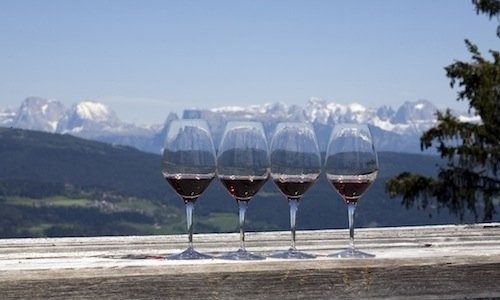
라그레인 포도원은 독일식으로 그리에스 지역의 보젠이라 부르는 사우스티롤의 수도 볼차노와 오라, 칼다로, 테르메노, 아피아노 등 인근 마을의 아름다운 풍경 속에서 번성하고 있다. 이 와인은 생동감 있는 붉은 루비 컬러에, 강렬한 부케, 꽃 향기, 그리고 스파이시 노트를 느낄 수 있다. 맛은 호화롭고, 풀바디에 베리 풍미로 부드럽다. 구운 고기, 스튜, 구운 파스타, 숙성 치즈, 그리고 티롤의 전통적인 사우스티롤의 훈제 프로슈토와 잘 어울린다.
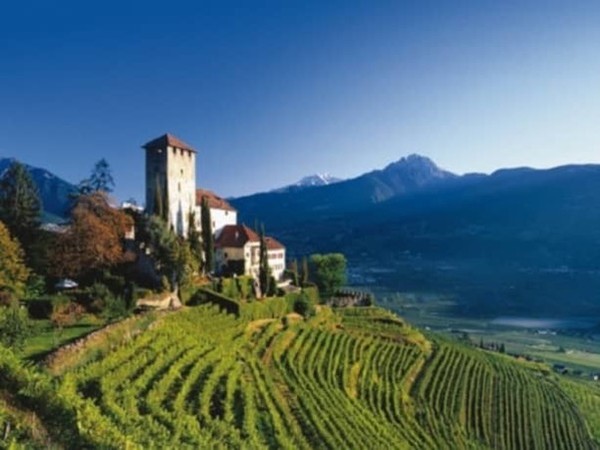
Lagrein from Trentino-Alto Adige / South Tyrol
Italy encompasses a wide range of landscapes, languages, dialects and foods. Its unification took place between 1861 and 1870, quite recently speaking in historical terms. Therefore, the cultural traditions of the various States that had previously existed in the Italian peninsula for centuries are still alive today.
One of the places where all this is clearly seen, where past events still mark the present era is Trentino-Alto Adige, Italy’s northernmost region, located right on the border with Austria. Winemaking in the present-day Trentino-Alto Adige developed considerably in Roman times, but the first to cultivate vines in that region were the Rhaetian, an ancient people who spoke a language like Etruscan. Cato the Elder (234~149 BC) Roman writer and politician, in his essay De agri cultura, “On agriculture”, highlighted the qualities of their wine made since very ancient times.
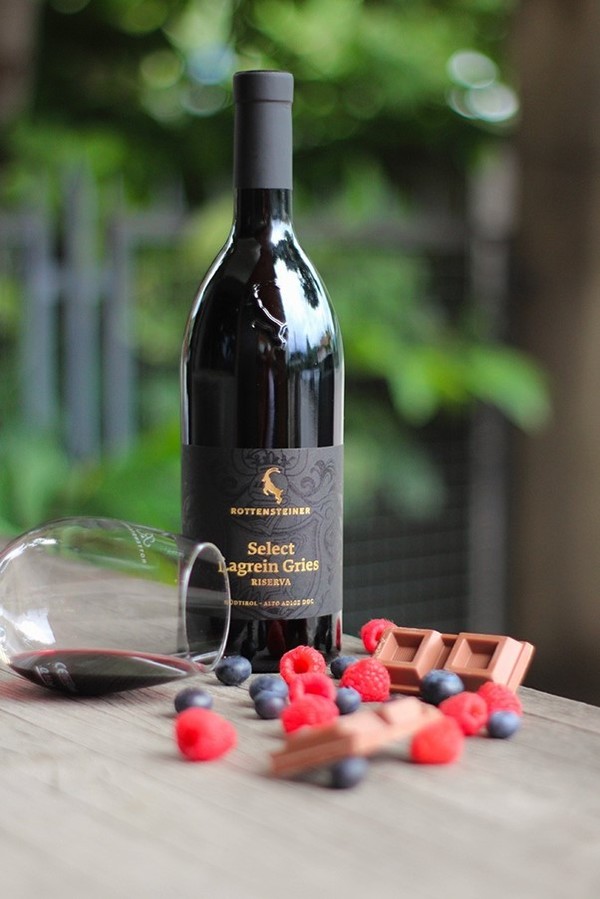
During the Middle Ages, it was mainly the Catholic monks who made wine in the cellars of their monasteries in what was then the County of Tyrol, as in the Abbey of Novacella, where since 1142 and still today, they make various renowned wines. From the XIV century onwards, the County of Tyrol became part of the Austrian dominions and remained so until 1919 when, following the breakup of the Austro-Hungarian Empire, the southern part of the former County was ceded to Italy, and became the current Trentino-Alto Adige where Trentino province is almost entirely Italian-speaking, while Alto Adige province, Südtirol (South Tyrol in English) has a predominantly German-speaking population.
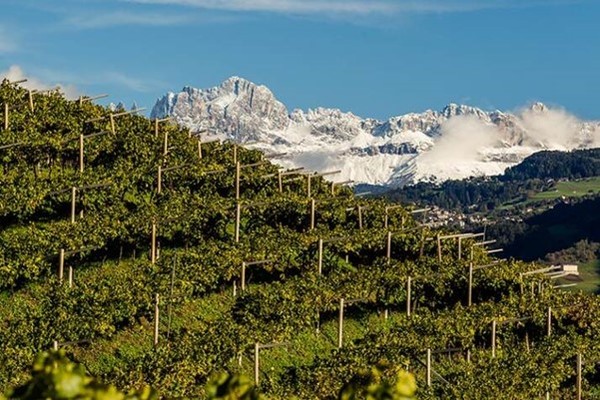
In Trentino-Alto Adige there are both white and red wines and among the latter one of the most famous is Lagrein, made with the homonymous grape. Lagrein could be native to this region, with its name being linked to the Lagarina Valley, in the Trentino province, even if recent DNA testing suggested a close relationship between this grape and the French Pinot Noir.

This red wine was mentioned in the political program of Michael Gaismayr, a Tyrolean revolutionary who lived in the sixteenth century, but it is conceivable that its vine is older and that both the Greeks and the Romans already knew it.
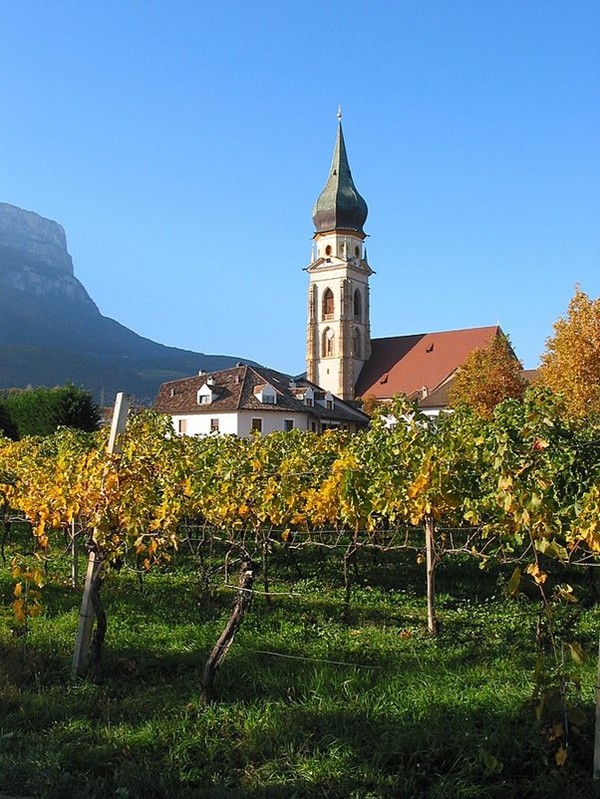
Lagrein vineyards are in Bolzano, the capital city of South Tyrol known in German as Bozen, in the district of Gries, but also in the neighboring towns of Ora, Caldaro, Termeno and Appiano, where they thrive in the setting of beautiful landscapes.
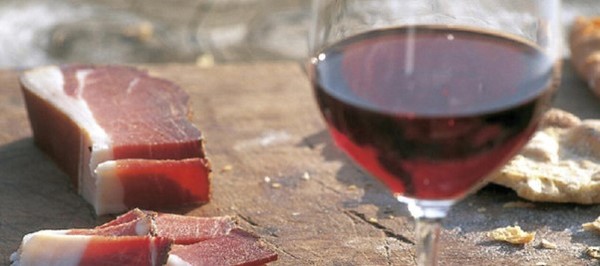
The wine has a lively ruby red color, an intense bouquet with hints of berries, floral aromas and spicy notes. The taste is sumptuous, full-bodied, softened by the berries. It matches with roast meats, stews, baked pasta, aged cheeses and with speck, the traditional South Tyrolean smoked prosciutto.
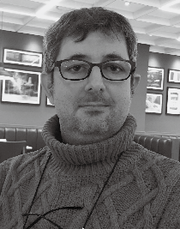
글 | 에밀리아노 펜니지 Emiliano Pennisi
Sogang University lecturer of Italian language
Wine scholar and expert
He attended sommellier courses in Italy

